Then now is the time to explore some of the real-life locations of the Seven Kingdoms, right here in Spain.
From the wind-swept Atlantic beaches of the north to impressive castles and Roman ruins of the west and south, there's a whole host of locations where the hit series was filmed.
Here's a list of the locations across Spain that appear in Game of Thrones.
The Basque Country
San Juan de Gaztelugatxe in Bermeo
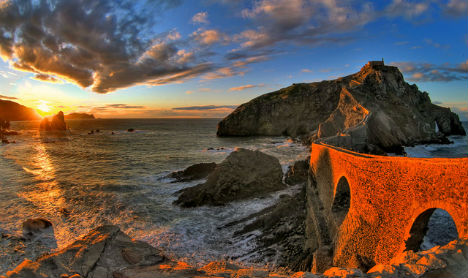
Photo; Carlos Olmedillas / Flickr
The Little islet topped with a hermitage and linked to the mainland by an ancient arched footbridge doubles up as Dragonstone and first appears in Season 7 when Jon Snow first meets Daenerys
Itzurun beach in Zumaia
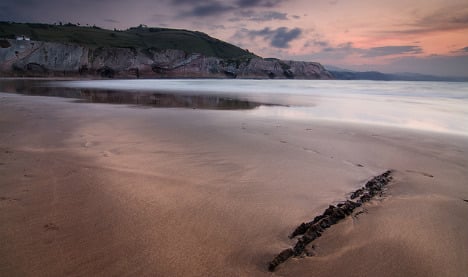
Photo; Eleder Jimenez Hermoso / Flickr
The spectacular beach at Itzurun with its craggy cliffs and vast sandy stretch crashing with Atlantic waves appears on screen as the landing point for Daenerys Targaryen when she finally returned to the shores of Westeros, Dragonstone to be exact, with her army of the Unsullied.
Extremadura
Filming took place in three locations in Extremadura, Spain’s landlocked western region bordering Portugal.
Caceres
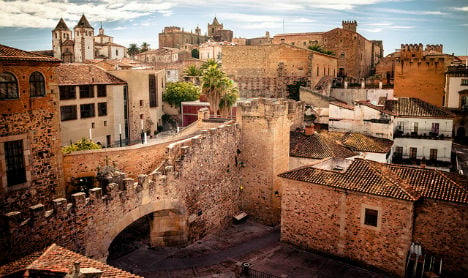
Photo; César Alonso Ferreras / Flickr
The medieval walled city of Caceres, a Unesco World Heritage site , doubled as King’s Landing, the capital of the Seven Kingdoms.
Malpartida
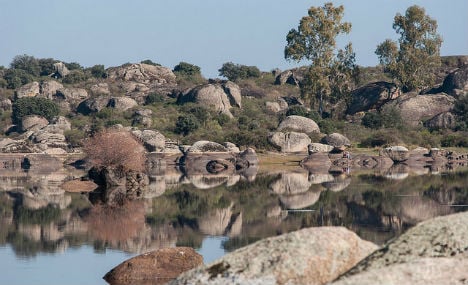
Photo; Jesús Pérez Pacheco / Flickr
The unusual rock formations in wetlands the Natural Park of Los Barruecos outside the town of Malpartida served as the site for the Battle of the Dragon, in episode 4 of Season 7.
Watch here:
Trujillo
.jpg)
Photo; Extremadura Turismo
The picturesque walled town of Trujillo became the Casterly Rock, the ancestral home of the Lannisters and apprared for the first time in Season 7, when scenes were filmed in the courtyard of its imposing castle, a fortification boasting 17 defence towers.
Catalonia
Girona’s Cathedral of Saint Mary
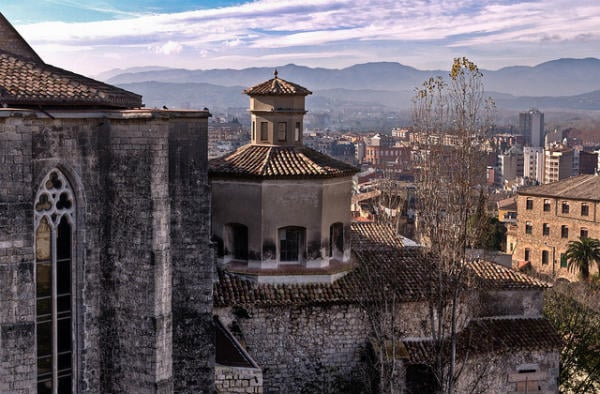
Photo: Davidlohr Bueso/Flickr
The cathedral in Catalonia's second city of Girona served as the exterior of the Sept of Baelor
Whereas the cobbled streets of Girona's Old Town and Jewish quarter variously starred as locations in Braavos, Oldtown, and Kings Landing.
Castell de Santa Florentina
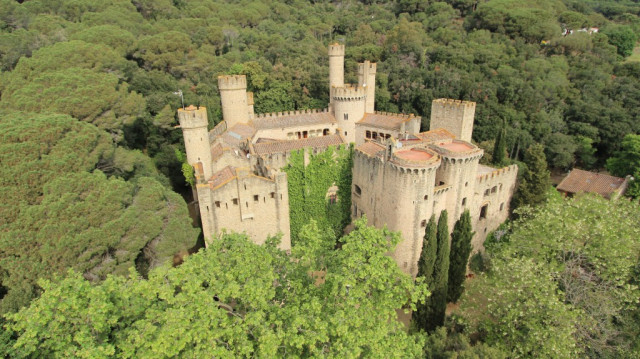
Photo: Castell de Santa Florentina
This castle in the Catalan seaside town of Canet de Mar, an hour north of Barcelona on the Costa Brava, became Horn Hill, the palatial family home of Samwell Tarly.
Navarra
Bardenas Reales Natural Park
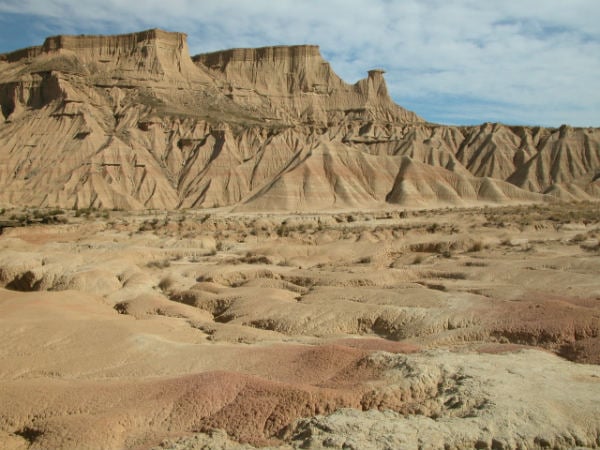
Photo: Bruno Barral/Wikimedia
The semi-desert natural park in Navarra, renowned for its unusual rock formations, appeared in Game of Thrones as the Dothraki Sea, home to wandering hordes of khalasars.
Castila La Mancha
Castle of Zafra
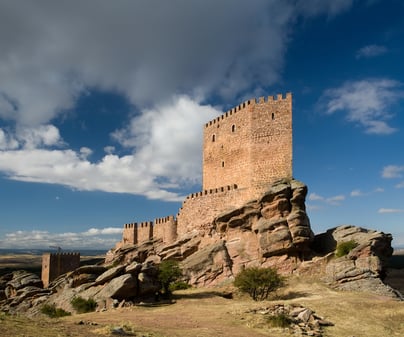
Photo: Castila La Mancha Tourism
The Castle of Zafra appeared in Season 6 as the Tower of Joy, outside which a young Ned Stark and his Kingsguard clashed swords with Ser Arthur Dayne and other Targaryen henchmen in one of Bran Stark’s visions.
This remote fortification located in the Sierra de Caldereros, is accessed by a dirt road leading from the village of Hombrados, one-and-a-half hour drive from Madrid.
Andalusia
Spain’s southern region of Andalusia provided numerous locations for Game of Thrones during season 5 and 6 boosting tourism to the region. This continued in Season 7 and 8, with revisits to old favourites and adding new locations.
Seville's Alcázar
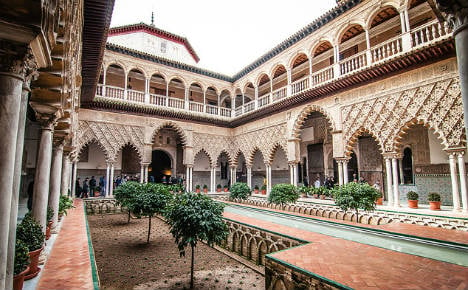
Photo; Archigeek / Flickr
The Alcázar of Seville first appeared on screens in season 6 as Sunspear, the capital of Dorne, and its Water Gardens.
Osuna's bullring
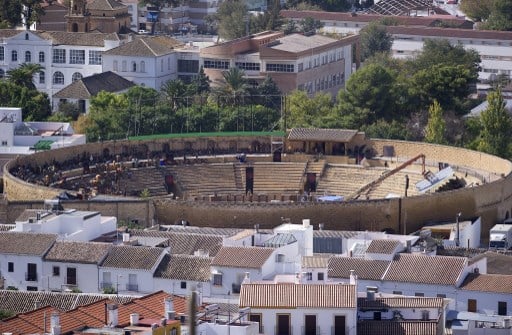
Photo: AFP
The bullring of Osuna, a town not far from Seville, became the fighting pits of Meereen
Seville's Reales Atarazanas
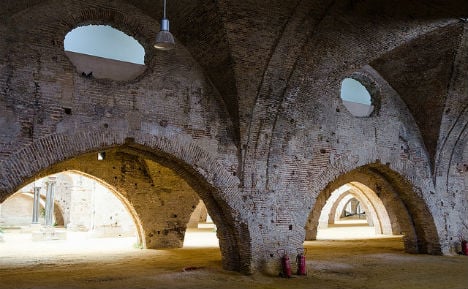
Photo; Sandra Vallaure / Flickr
Seville’s Royal Dockyards share the limelight after serving as a new location in season 7.
Cordoba
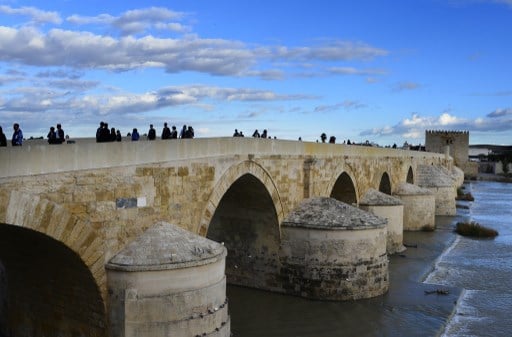
Photo: AFP
The Roman bridge that crosses the Guadalquivir river in Cordoba was built in the early first century BC and became the Long Bridge of Volantis in the HBO series.
Almodovar del Rio
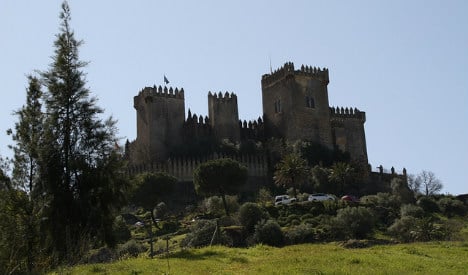
Photo; Javier Lastras / Flickr
The small city located in Córdoba province on the banks of the river Guadalquivir is crowned by a 1300-year-old Moorish castle which became Highgarden, the seat of House Tyrell, seized by Jamie Lannister during Season 7.
Italica, Santiponce
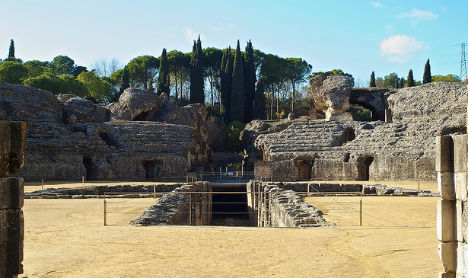
Photo; Telèmac / Flickr
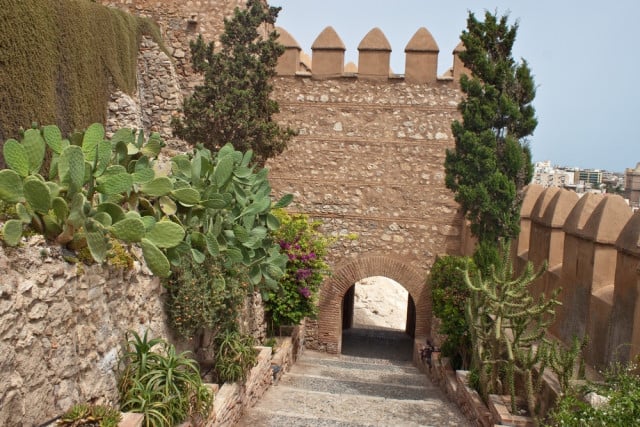
And the coastal city was also chosen as a location for scenes in the outskirts of Meereen, largest and northernmost of the cities in Bay of Dragons/ex Slaver’s Bay.
Filming also took place in the Tabernas desert, just north of Almeria, for scenes in the Dothraki Sea.
Valencia
Peniscola
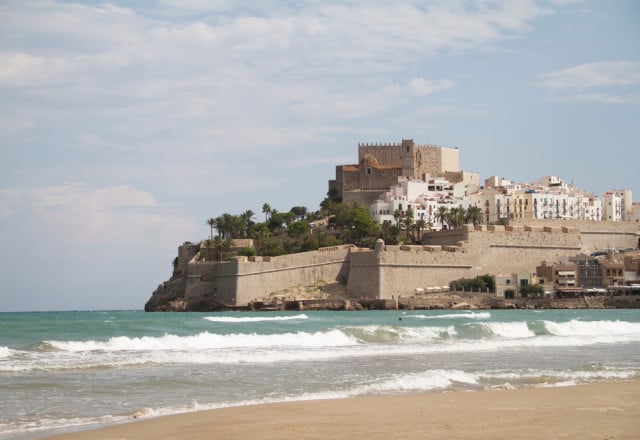 Photo: tizianella/Depositphotos
Photo: tizianella/Depositphotos
Scenes from the first episode of Season Six were shot in Peniscola, the stunning medieval fortified hillside town overlooking the Mediterranean. Fans can spot Paseo de Ronda, Plaza Santa María and the Ramp of Felipe II, as the location for scenes in the city of Meereen.
And by the time you have finished exploring all the sites of the Games of Thrones locations in season 1 to 8 , the prequel will most likely be finished – some scenes will also be filmed on location in Spain.
READ MORE: Ten potential Spanish filming locations for the upcoming Game of Thrones prequel

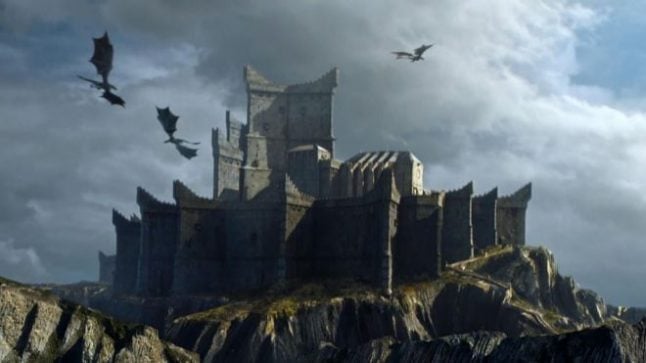

 Please whitelist us to continue reading.
Please whitelist us to continue reading.
Member comments